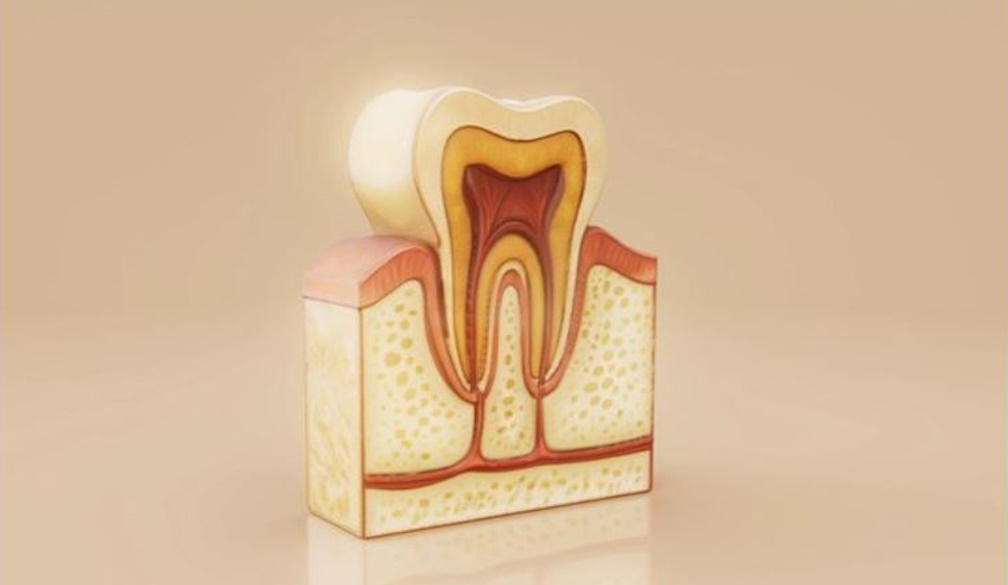How Long After Stopping Breastfeeding Does Milk Production Stop? Here’s What You Should Know!

On deciding to wean her baby, a mother usually asks how long after stopping breastfeeding does milk production stop. Supply on milk is a very personal matter - some people find that they run out quite quickly, within several days, and on the other hand, some say that they need weeks or even months to get back to the usual supply level. Factors like hormones, how gradually weaning happens, and how long breastfeeding lasted all play a part in how quickly milk dries up.
The major purpose of the article is describing what happens to milk supply after weaning, which factors are involved in the process and providing some simple ways of comfort. With the help of a bottle wash, it will also offer some useful tips in managing the discomfort and maintaining the cleanliness of feeding tools, so mothers can confidently pass this phase.
What Happens to Your Milk Supply When You Stop Nursing
Once you stop breastfeeding, your body is going to adapt to the lower requirement for milk. Since the milk production depends on a supply-and-demand cycle, if you feed the baby less often your body will get the signal to reduce the milk production. Initially, you might still feel some pressure or find that you leak, but this is a temporary phenomenon.
It is a different period for every mother for milk to stop completely. Some of them get the changes very quickly within a few days, others may still give small amounts for several weeks or even months. Your breastfeeding duration, the manner of your weaning, and your hormones all have a say in the matter.
In most cases, it is more convenient to be a gradual weaning as the milk flow changes in a natural way and the pain is lessened. By understanding how long after stopping breastfeeding does milk production stop, you will be able to handle the process with lower levels of stress.
Average Timeline: From Last Feed to Drying Up
There are quite a few mothers who ask the same question - how long after stopping breastfeeding does milk production stop? To be honest, a woman’s body doesn’t quit milk production immediately.
What happens is that the body goes through the changes one by one, and this can even take several months. The period of time can be different based on the factors that include how long the milk feeding has lasted, whether the weaning was gentle or rapid, and also the way hormones have affected the body. Here’s a general idea of what to expect:
- Some mothers find the decrease of milk production within a couple of days after the last feeding.
- In the majority of cases, the body takes 2–3 weeks to stop producing milk completely.
- Milk can remain for several months in a case where the breastfeeding period was longer.
- By a gradual transitioning, the body is able to give the go signal accordingly and at the same time the discomfort is reduced.
- Few drops or pieces of milk might still be found weeks after cessation of breastfeeding, but they are usually not conspicuous and decrease with time.
Factors That Influence How Quickly Milk Production Stops
After weaning, the bodily changes of every mom are different hence, it is possible for the duration of the last milk flow to vary. The pace at which a mother is able to stop milk production is dependent on a number of factors and understanding them can make the process easier. Key factors are:
-
Length of breastfeeding - Shorter nursing can lead to a shorter time to dry up.
-
Weaning method - Abrupt weaning results in a sudden drop in supply, while gradual weaning slows down the supply more slowly.
-
Hormonal balance - The levels of prolactin and oxytocin impact the rate of milk production that comes to a stop.
-
Nursing or pumping - If stimulation is continued, the drying up can be a delay.
-
Body response - Some moms can quit in a flash, while others take several weeks or months.
How to Know If Your Milk Has Fully Dried Up
Many mothers wonder how long after stopping breastfeeding does milk production stop, however, it is just as important to identify the point at which your supply is entirely finished. Since milk is produced less in a gradual way, the indications can be quite small in the beginning.
These changes can let you know when the whole process is complete. These are the signs should you look out for:
- No breast fullness – Breasts are soft and there is no heaviness.
- No leaking – The milk that used to come out in drops or that used to stain the clothing is no longer there.
- No expression – Pumping or hand expression yields very little or no milk at all.
- No tingling let-down – The milk release reflex has disappeared.
- Normal comfort – Breasts feel light and are free from tightness.
- Clothing fit – Bras might feel better as the swelling has gone down.
- Time passed – There may be no milk returning from which weeks or months have gone by.
What’s Normal: Leaking, Lumps, or Letdown Sensations
When wondering how long after stopping breastfeeding does milk production stop, it is really essential to know that it doesn't happen overnight. As your system is getting used, you might see a few usual changes in your breast.
Some common experiences include light leaking that may last just for days or weeks, small lumps caused by fullness or blocked ducts, and lingering letdown sensations even when little or no milk comes out. You might also feel some soreness or tightness as your supply decreases. Then, it will be followed by gradual softening as the breasts return to normal.
All the above signs do not put the mother in the list of those who experience weaning problems. Yet, in case that pain, swelling, or redness continues for a long time, you should consult your doctor to make sure that an infection is not the cause of discomforts.
Tips to Relieve Discomfort During the Transition
When your body is in the process of adjustment and you are still figuring out how long after stopping breastfeeding does milk production stop. Luckily, there are some easy ways to relieve these symptoms and the transition can be more accessible.
Here are some tips that may be useful:
- Wean step by step – Reduce feeds slowly to allow supply to decrease naturally.
- Put on a supportive bra – A bra can give you a good support and thus less heaviness and discomfort.
- Apply ice packs – The cold will lower the swelling and will also relieve the pain.
- Do not stimulate the area – Pumping or expressing should be limited only if you are doing it for relief.
- Use pain medicines – If your doctor gives you a go, then painkillers that can be bought over-the-counter may help with soreness.
- Drink plenty of water and get enough sleep – Will help you feel comfortable overall during the process.
- Cabbage leaves – Some mothers say cold cabbage leaves can help with swelling.
- Keep bottles clean – If switching to formula, using a reliable bottle wash ensures safe and hygienic feeding tools for your baby.
When to Seek Help for Lingering Milk or Pain
It is quite common that you wonder how long after stopping breastfeeding does milk production stop. However, there can be situations when milk accompanied by some discomfort is still there for some time. A little dripping, tingling, or tenderness may go on for weeks, but these symptoms that last for a long time may be a sign of something additional.
If you have any of these signs, please get a doctor’s appointment!
- Continual milk – To a degree that is visible still after weaning for months.
- Painful lumps – These are the areas of the body that are stiff and do not get any softer with time.
- Heat or redness – Could be the signs of infection.
- Severe pain – Even the discomfort, which can be relieved by the use of home care, does not ease.
- Fever or chills – These symptoms may indicate mastitis or another issue.
Conclusion
Knowing how long after stopping breastfeeding does milk production stop helps a mother to have realistic expectations of the situation. Several mothers lose their milk supply after just a couple of days, while others continue to lactate in small quantities for quite a few weeks or even months.
It is possible to make the process of stopping breastfeeding less stressful with the slow weaning method, taking good care of the breasts, and using comfort measures. In order to make the transition more comfortable, it is also necessary to clean feeding tools properly with a bottle wash. Weaning is a physical and an emotional change, so patience and self-care which make the process easier for you and your baby is important.













